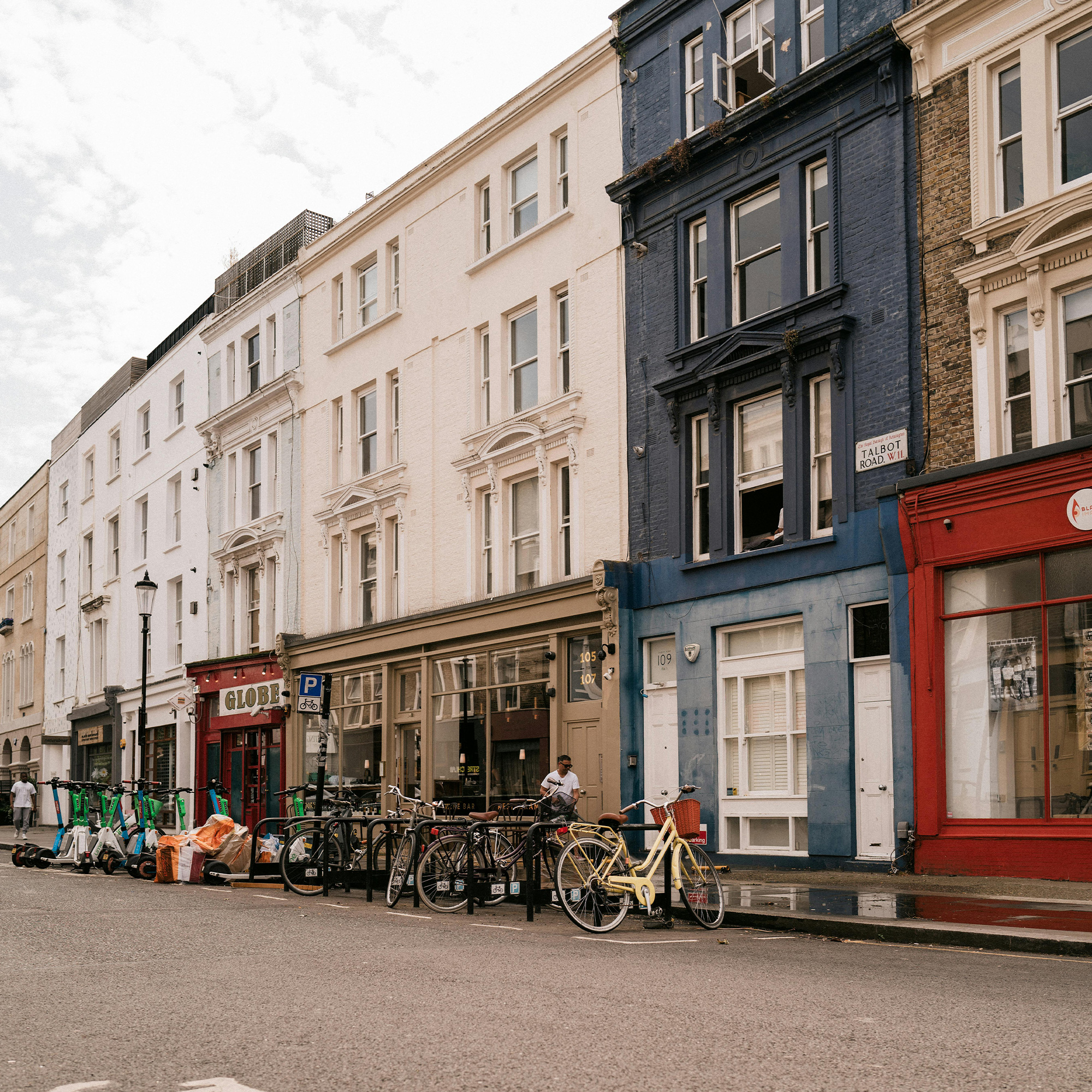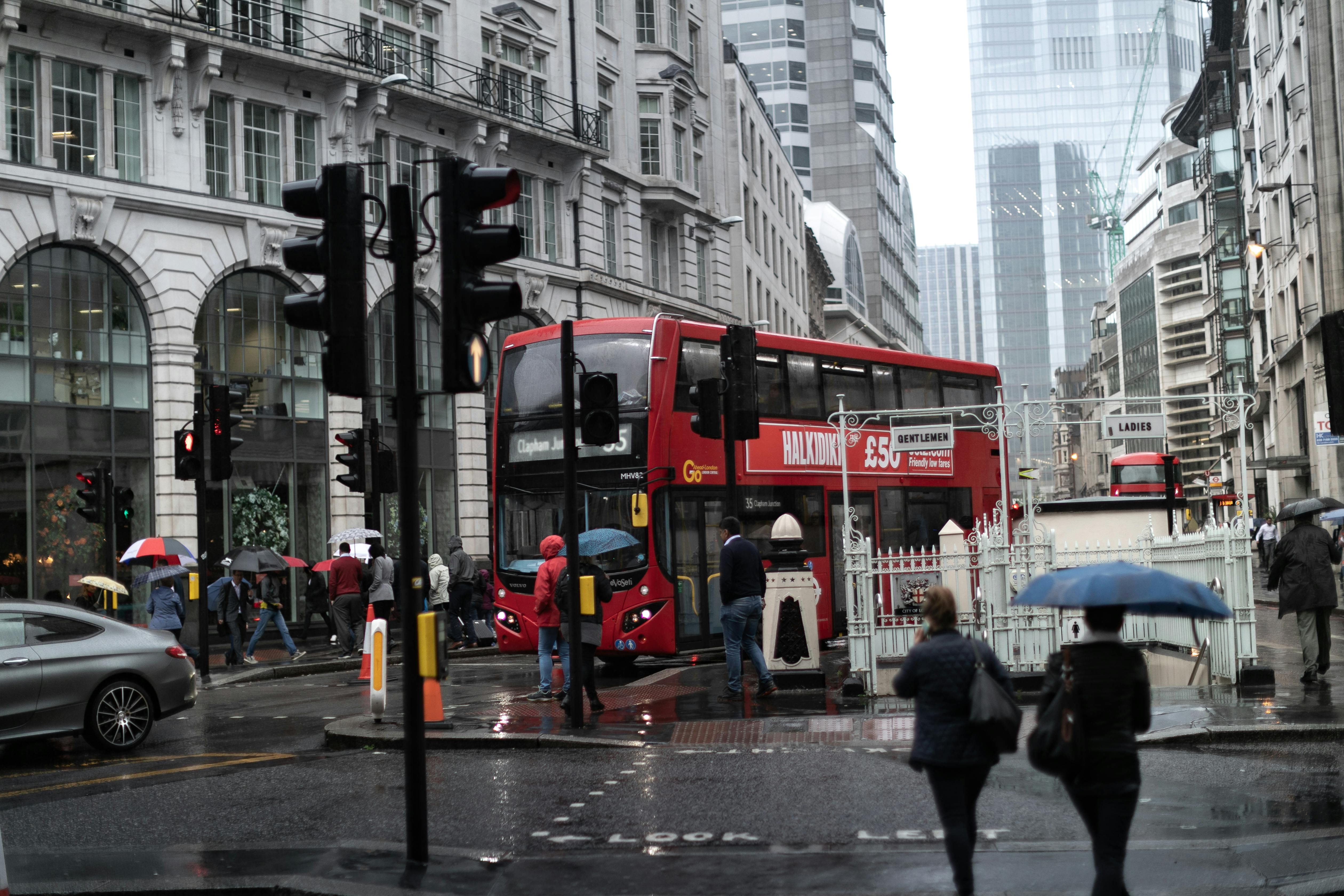Greater London, with its vibrant high streets and bustling markets, has long been a hub of local commerce. Areas like Camden, Shoreditch, and Richmond are not just shopping destinations but integral parts of the community, where locals and visitors alike experience the unique atmosphere of London’s neighbourhoods. However, the rise of delivery services has recently changed how we shop and dine. From a quick takeaway on a Friday night to having fresh groceries delivered to your door, these services have made life more convenient. Yet, while they’ve brought undeniable benefits, they’ve also posed significant challenges for the small businesses that are the lifeblood of our communities.
A Lifeline for Many, But at What Cost?
For many small businesses in Greater London, delivery services like Deliveroo, Uber Eats, and Just Eat have been a double-edged sword. These platforms have opened up new opportunities, allowing local restaurants and shops to reach customers far beyond their immediate neighbourhoods. Imagine a small family-run café in Clapham suddenly able to serve customers across the city—that’s the power of these platforms.
In fact, a report from the Office for National Statistics noted a 15% growth in the online food delivery market in 2023, with Greater London being a key player in this surge. For businesses that can keep up with the demand, this is fantastic news.
However, this newfound reach comes with its own set of challenges. The fees charged by these delivery platforms can be steep, eating into the already tight margins of small businesses. For a lot of these shops and restaurants, the costs are a constant balancing act—trying to offer competitive prices while still making a profit. The pressure to discount heavily and compete with large chains only adds to the strain. While some businesses have found ways to thrive, it’s important to recognise that many are still struggling to adapt, especially those that don’t have the resources to absorb these costs.
Weighing the Environmental Costs
Beyond the economic impact, there’s also the question of the environment. With the rise in delivery services, there’s been a noticeable increase in delivery vehicles on London’s roads. This surge in traffic contributes to congestion and carbon emissions, which is a growing concern in a city that’s trying to be greener and more sustainable.
But there’s hope in the form of companies like Onelivery UK, who are taking a different approach. Onelivery UK is making a real effort to change how deliveries are done by using electric mopeds and bicycles. This small but significant shift helps reduce the pollution and traffic that have become all too common with traditional delivery methods. For many local businesses that care about their environmental impact, partnering with a service like Onelivery UK is a breath of fresh air—literally. It’s an opportunity to continue offering delivery to their customers while staying true to their values of sustainability.
While not every delivery service has embraced these greener practices yet, the work of Onelivery UK shows that it’s possible to balance convenience with care for the environment. It’s a positive step forward for both local businesses and the community at large, showing that with a little innovation, we can enjoy the benefits of delivery without sacrificing the planet. However, it’s also important to acknowledge that for many small businesses, making the switch to greener delivery options isn’t always financially viable, which adds another layer of complexity to the challenges they face.
Adapting to a Changing World
Despite these challenges, many local businesses in Greater London are finding ways to adapt. Some have taken the leap and started their own delivery services, cutting out the middleman and retaining more of their profits. Others are focusing on creating in-store experiences that can’t be replicated online, reminding customers of the joy of shopping in person.
There’s also a growing interest in hyperlocal delivery services that focus on specific neighbourhoods. These services not only support the local economy but also help reduce the environmental impact by keeping deliveries close to home.
In the end, the rise of delivery services is a complex issue for local businesses in Greater London. It offers both opportunities and obstacles, and the way forward will likely involve a mix of adaptation, innovation, and community support. As the landscape continues to evolve, it’s the businesses that can find this balance that will not just survive but thrive in this new era. As consumers, we too have a role to play—by supporting our local high streets, choosing greener delivery options, and remembering the value of those face-to-face interactions that make our communities so special.









